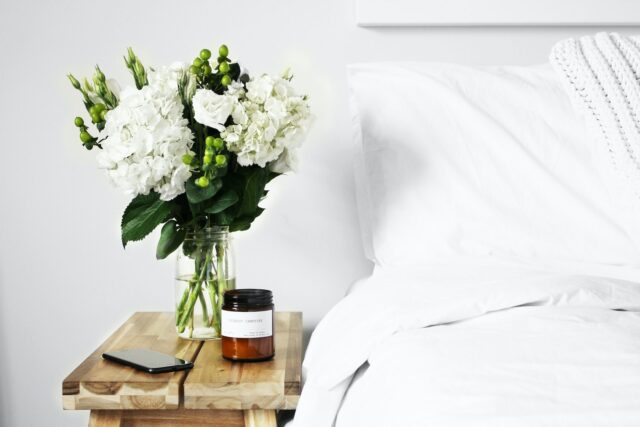Creating a sanctuary within your home that promotes wellness and tranquillity can have significant benefits to both your mental and physical health.
Interior design plays a key role in this endeavour, and with a few specific strategies, your living space can become a haven of calm and rejuvenation.
1. Multi-functional Spaces
In our modern, busy lives, our homes have to serve as more than just living spaces. They must cater to various roles – a workspace for remote jobs, a relaxation area for de-stressing, a mini-gym for fitness routines, or a learning space for children’s education. Strategically planning and designing multi-functional spaces is key to this.
By having defined spaces for specific tasks, your mind can prepare for the activity at hand.
2. Integrating Technology for Wellness
Smart technology can contribute immensely to designing a wellness-focused space. Consider lightbulbs that adjust throughout the day to mimic natural sunlight patterns or smart speakers playing ambient sounds. These features can help regulate your circadian rhythm and promote a sense of calm.
3. Personalised Spaces
Personalising your space with objects that have sentimental value or evoke happiness can have a positive impact on your mood and mental well-being. Incorporate items like cherished family photos, your favourite collection of books, or travel souvenirs into your decor. These personal touches not only make the space truly yours but also serve as visual reminders of joyful, peaceful moments.
Including your favourite artworks or pieces that reflect your hobbies can also infuse personality into your home.
4. Thoughtful Use of Scents
Scents can significantly influence our mood and sense of well-being. Essential oil diffusers or scented candles can be used to create an environment that stimulates relaxation and stress relief. Lavender, for instance, is known for its calming properties.
5. Acoustic Considerations
Sound plays a crucial role in our sense of comfort. Whether it’s the quiet closing of solid modern internal doors or the gentle hum of a white noise machine, managing the acoustics of your home can contribute to its overall serenity.
6. Incorporate Elements of Movement
Adding elements that promote gentle movements, like a hanging chair or an indoor hammock, can create a calming dynamic within the room. The rhythmic motion can provide a soothing effect that encourages relaxation.
7. Balance in Layout
Symmetry can have a calming effect on the mind. Aim for a balanced layout with furniture evenly distributed around a central point. That promotes a sense of harmony and tranquillity in the room.
Designing for wellness means considering not only the aesthetic aspects but also the effect your environment has on your mood and sense of well-being. With thoughtful design, your home can become a sanctuary of tranquillity and relaxation.

